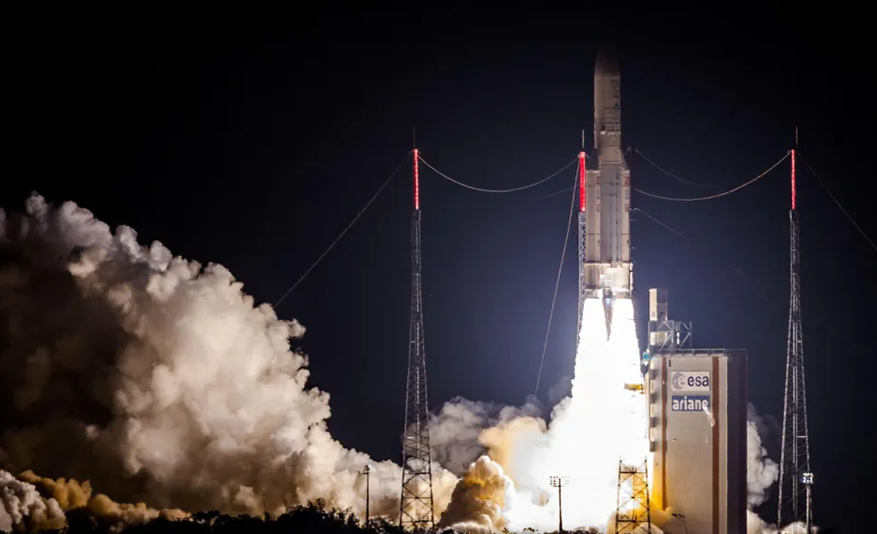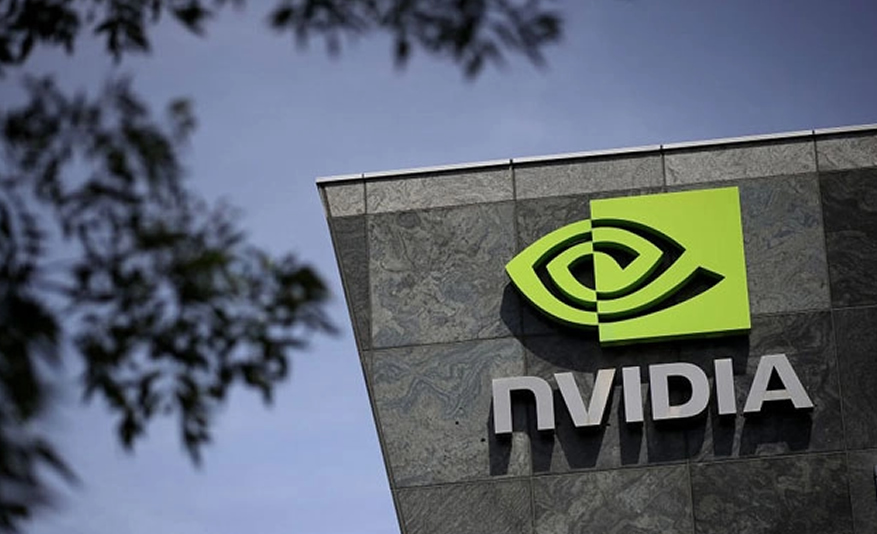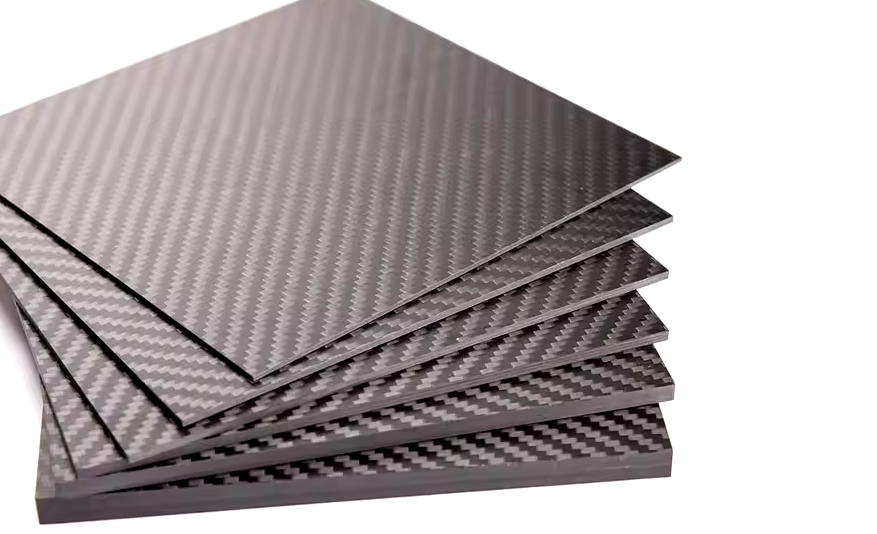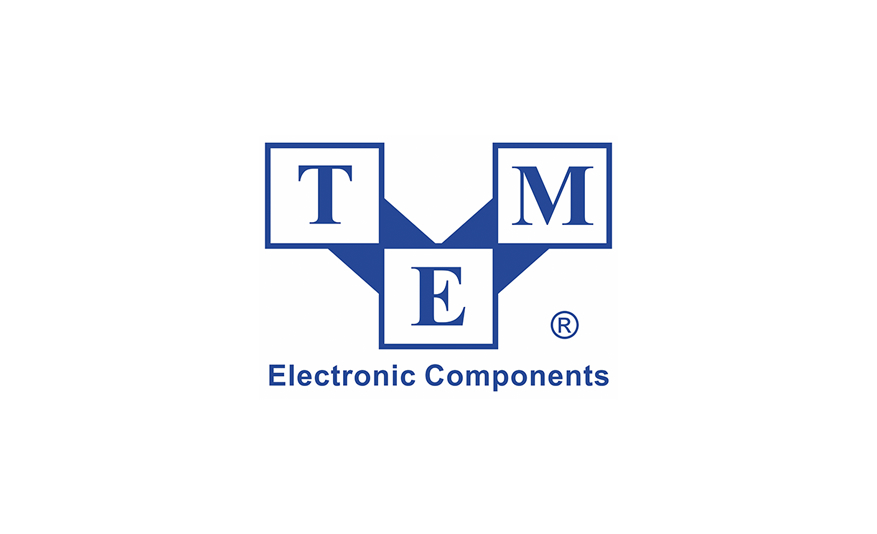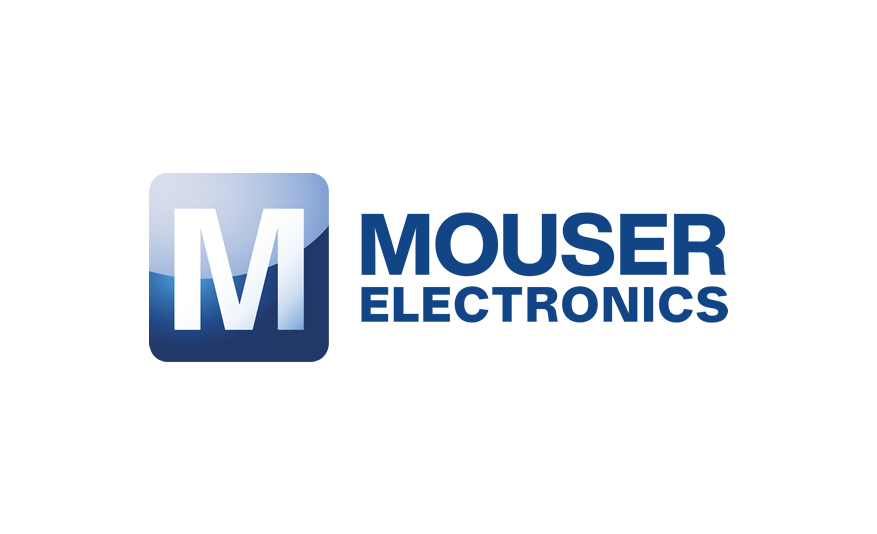The future of IT hardware is rapidly evolving, and by 2025, artificial intelligence (AI) will be the driving force behind many significant advancements. At Computex 2024 in Taipei, Arm CEO Rene Haas shared the vision of enabling 100+ billion Arm devices to be AI-ready from cloud to edge computing by 2025. With 85% of the world’s mobile devices and millions of IoT devices already powered by Arm’s architecture, the company is positioning itself at the forefront of AI hardware evolution.

Arm’s efforts are supported by a combination of CPUs, GPUs, and Neural Processing Units (NPUs) optimized to handle increasingly complex AI tasks at the edge. Their Cortex CPUs and Immortalis GPUs are not just about raw power but are designed to deliver a balance of performance and energy efficiency, both of which are crucial in the AI-driven future of IT industry.
The Shift to AI-Driven Hardware
While software has historically been the focus of AI innovations, 2025 will see AI embedded deeply in IT hardware trends. A prime example of this evolution is AMD’s Instinct MI325X Accelerators. These accelerators are specifically designed for AI-heavy workloads like training large language models (LLMs), featuring cutting-edge specifications such as 256GB of HBM3E memory and a bandwidth of 6 terabytes per second. Our experts at Tech Transformation believe that this level of hardware optimization will not only speed up AI model training but also make AI applications far more efficient.
Beyond specific AI applications, hardware development is also being powered by AI. Traditionally, designing hardware components, like printed circuit boards (PCBs), was a time-consuming process, often taking weeks. However, tools like DeepPCB use AI to automate this design process, reducing it to just hours. The integration of artificial intelligence into hardware design allows for rapid prototyping, minimizes human error, and ensures resources are used more efficiently.
Key Benefits of AI in Hardware Design
- Speed: AI accelerates prototyping and design iterations.
- Efficiency: AI minimizes manual errors and optimizes resource usage.
- Flexibility: AI-driven designs can adapt in real-time to changes in data and requirements.
Leading Players in AI Hardware
The race to dominate AI-enhanced hardware is well underway, with leading companies making strides in this space and making big IT hardware news.
1. AMD: Leading with High-Performance Accelerators
AMD’s Instinct MI325X accelerators are making waves in AI applications, particularly in training LLMs and handling real-time data processing. Built on the CDNA 3 architecture, these accelerators offer up to 1.3 times greater performance in AI tasks like FP16 and FP8 operations compared to their predecessors. Additionally, AMD’s Pensando Salina Data Processing Unit (DPU), capable of 400 Gbps throughput, is enhancing communication within AI clusters, making operations faster and more efficient.
2. Intel: Innovating with AI-Optimized Processors
Intel has surpassed 500 AI models optimized for its new Intel® Core™ Ultra processors, delivering AI-driven experiences, immersive graphics, and optimal battery life. These models, optimized with the OpenVINO™ toolkit, support a range of applications, including object detection, super resolution, and text summarization. Intel’s AI PC Developer Program offers tools for developers to build AI features efficiently. With rapid growth, Intel’s Core Ultra processors lead the AI PC market, enhancing performance, stability, and innovation.
3. Arm: Building the AI Future for Billions
Arm’s goal of powering over 100 billion AI-enabled devices by 2025 underscores its commitment to energy-efficient AI hardware. Their Cortex CPUs and Immortalis GPUs are designed not just for power, but for efficiency, balancing performance with energy consumption. One standout example is the Arm X925 CPU, which offers 36% greater performance than previous models, making it ideal for AI applications ranging from smartphones to wearables.
How AI Enhances IT Hardware
AI-enhanced hardware offers several key advantages that will shape the future of IT:
1. Performance Optimization
The development of specialized processing units like Tensor Processing Units (TPUs) and Neural Processing Units (NPUs) has led to optimized performance for AI tasks. These chips are specifically designed for machine learning workloads, offering faster computations compared to traditional CPUs. Additionally, parallel processing with Graphics Processing Units (GPUs) has repurposed them for AI algorithms, making them significantly faster—often 100 to 200 times faster than CPUs for specific tasks.
2. Efficiency Improvements
AI-enhanced hardware brings improvements in energy consumption, as GPUs and TPUs reduce electricity usage per computation, contributing to more sustainable AI applications and data centers. Furthermore, customization with FPGAs and ASICs allows businesses to tailor their hardware for specific AI tasks, enhancing both speed and energy efficiency while optimizing overall system performance.
3. Scalability and Flexibility
The rise of heterogeneous computing architectures enables systems to utilize multiple processors (CPUs, GPUs, TPUs) simultaneously. This flexibility improves resource allocation and scalability for large AI applications. Additionally, cloud computing integration is enabling businesses to scale AI capabilities without major upfront investments in physical hardware, giving access to the latest technologies while optimizing costs.
4. Advancements in AI Capabilities
Enhanced IT hardware powered by the latest AI technology is accelerating model training, reducing training times from weeks to just days or hours, thanks to advancements in GPU and TPU technologies. Furthermore, real-time processing is becoming more feasible with the introduction of edge computing and specialized chips that allow AI applications to operate with low latency, making them suitable for critical applications like autonomous vehicles and real-time analytics.
Impact on Enterprise Computing
The impact of AI-enhanced hardware is most visible in enterprise computing. From decision-making to innovation, AI-optimized hardware is helping businesses stay competitive in an ever-evolving landscape.
1. Enhanced Decision-Making
Enterprises are now able to process large datasets in real-time, allowing for more informed, data-driven decisions. For example, in finance, real-time analytics help companies react quickly to market fluctuations. Predictive analytics, driven by AI, also enable businesses to anticipate trends and events, optimizing everything from inventory management to customer engagement.
2. Scalability for Growing Enterprises
As businesses scale, AI-enhanced hardware helps them optimize resource allocation. For rapidly growing companies, this can mean the difference between success and failure. Cloud-based AI platforms offer scalable solutions without the need for significant upfront hardware investments, allowing businesses to expand or contract their operations seamlessly based on demand.
3. Accelerated Innovation
AI is speeding up innovation cycles by automating routine tasks like data preparation and analysis. This allows enterprises to bring new products and services to market faster, with higher-quality results. AI-powered simulations can also identify potential design flaws early in the process, reducing development times and improving product quality. Moreover, AI tools like chatbots are opening new business opportunities by providing round-the-clock customer service without the need for human agents.
Future Trends in AI-Enhanced Hardware
As we look towards 2025, several trends will be shaping the future of AI-enhanced IT hardware. Customization with the use of Field-Programmable Gate Arrays (FPGAs) will allow businesses to tailor hardware for specific AI applications, giving them a competitive edge. Then the rise of heterogeneous architectures, where a mix of CPUs, GPUs, and specialized AI processors work together to optimize resource allocation and boost both efficiency and performance.
Lastly, as sustainability becomes a critical concern, energy-efficient AI hardware will remain a top priority. With rising energy demands, advancements in AI hardware will focus on reducing power consumption while maintaining performance, ensuring a sustainable future for tech-driven innovation.
At Tech-Transformation, we are fully committed to helping businesses understand and navigate these game-changing trends. We’re not just watching from the sidelines—we’re actively analyzing and providing insights into how AI is reshaping the hardware landscape. We adopt a practical approach that allows us to offer not just information, but actionable strategies to help businesses adapt to AI-enhanced hardware advancements. Stay connected for more AI trends and technology updates.












